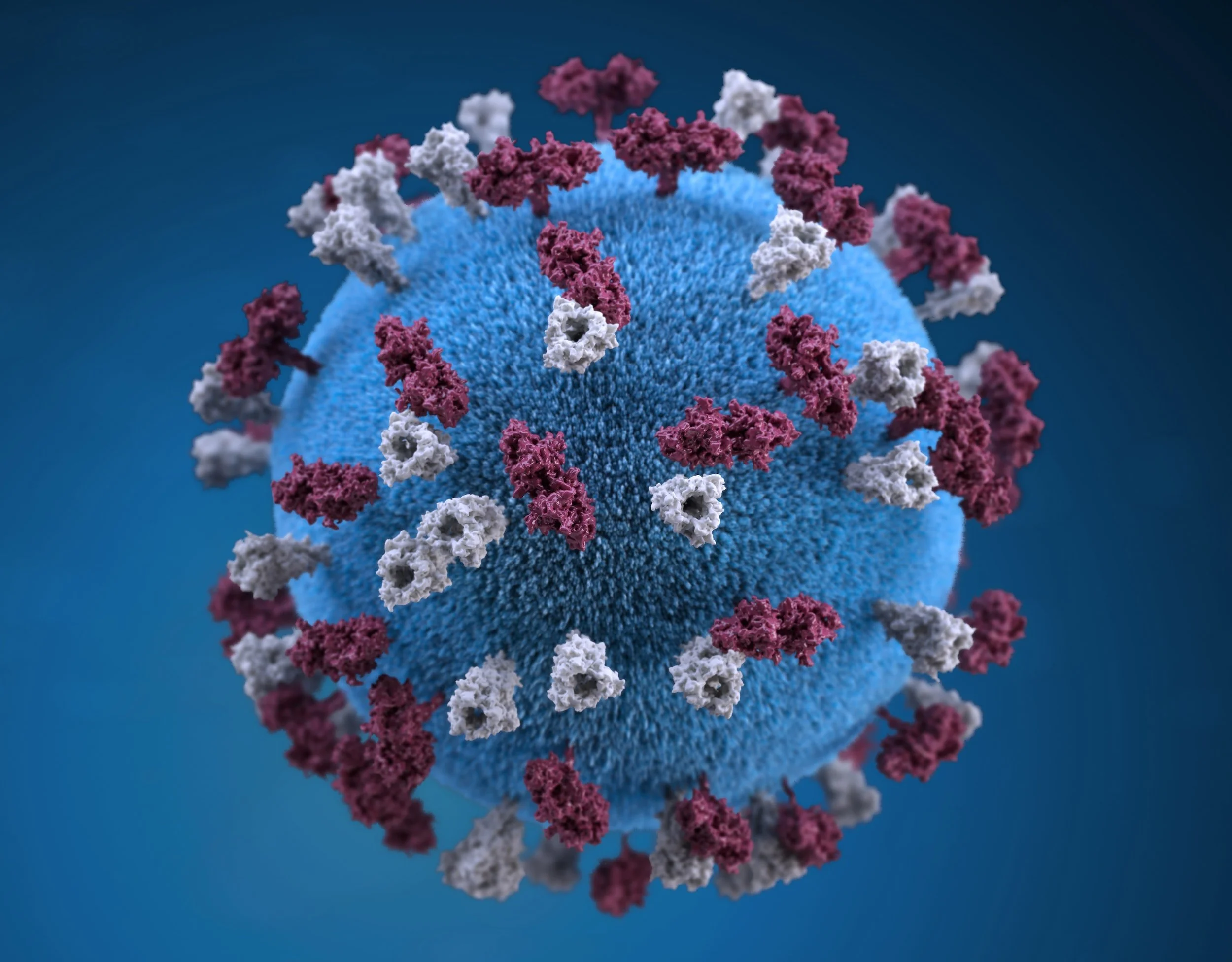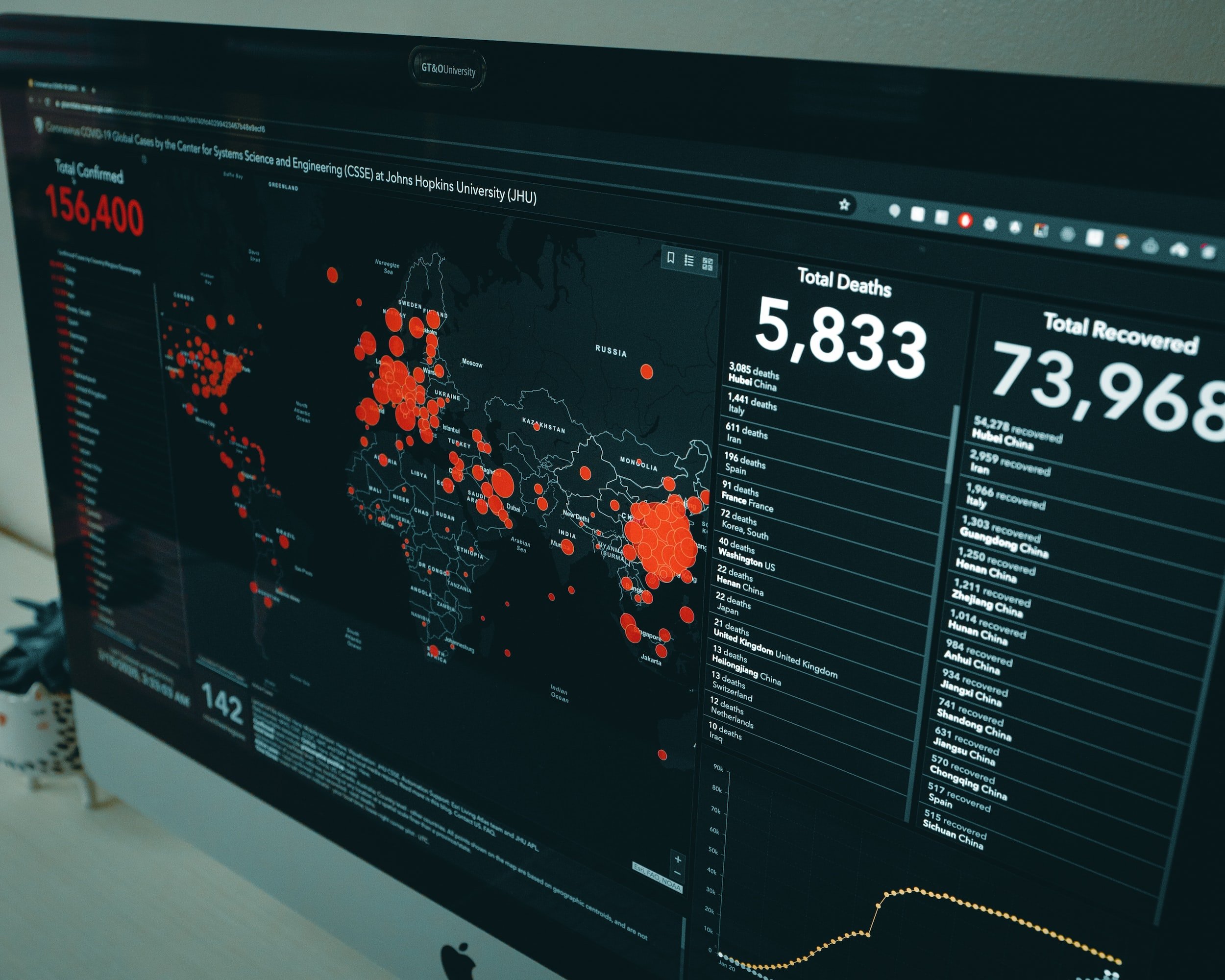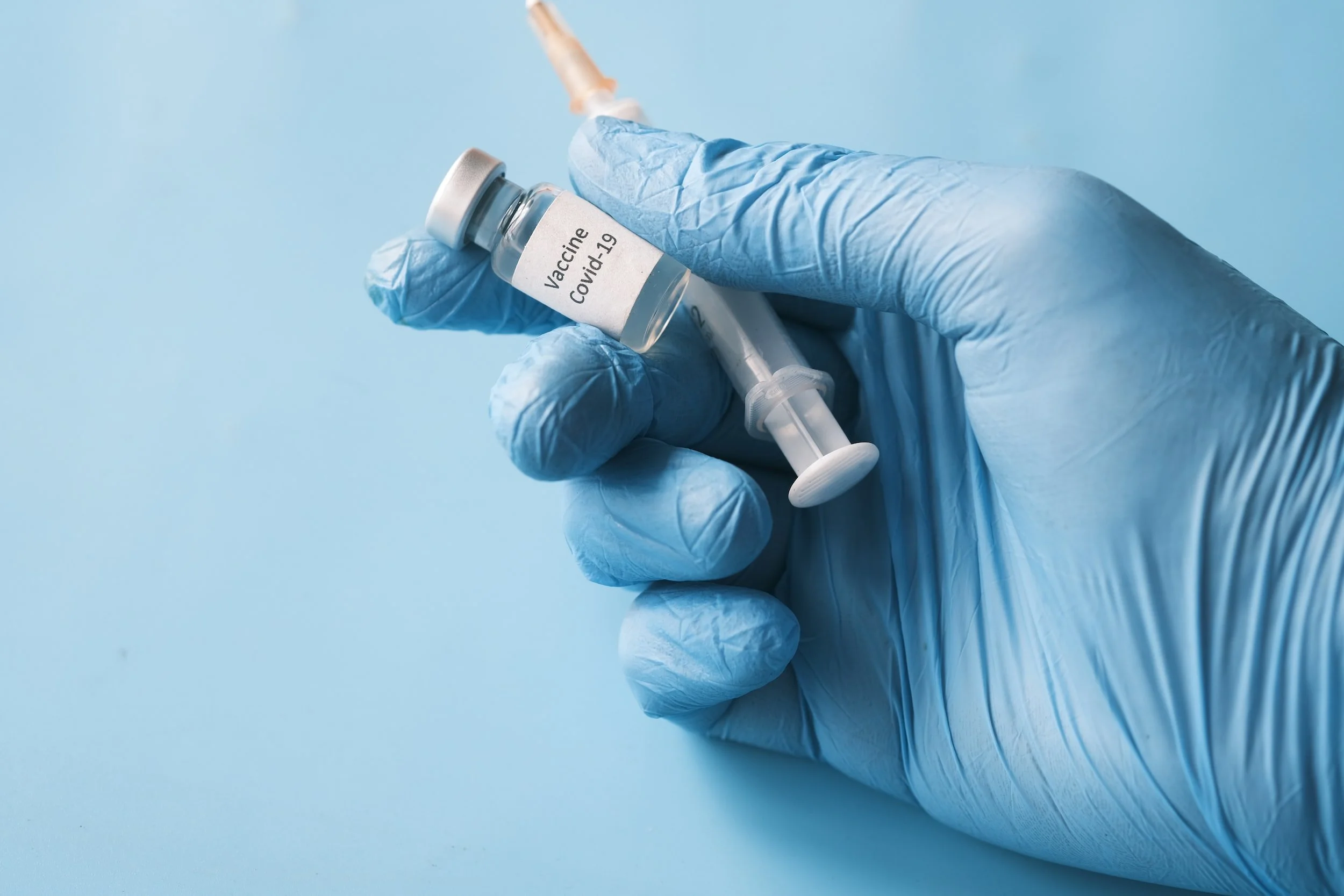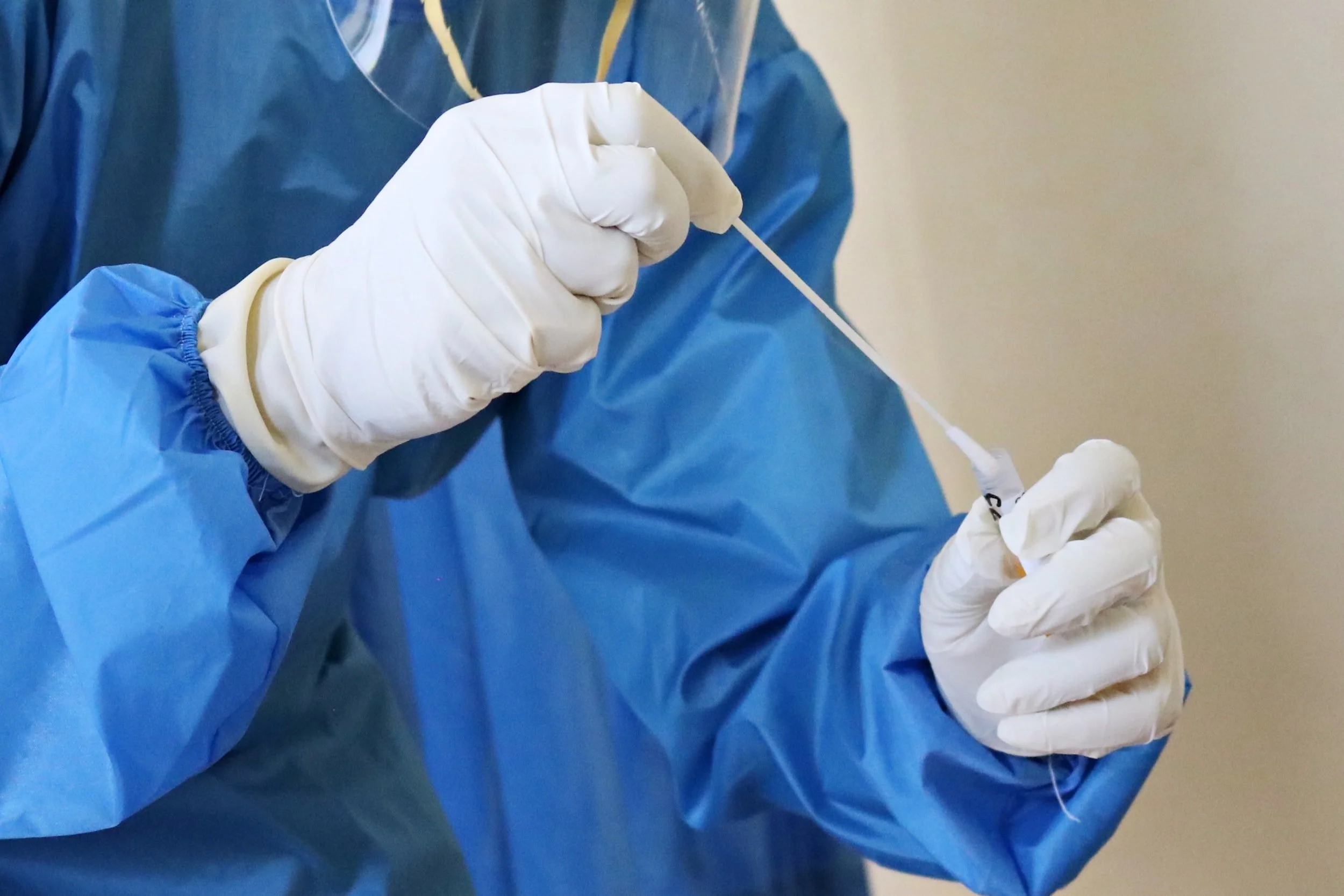COVID-19 does not harm all people equally. Age is the single most important risk factor in predicting hospitalization or death from SARS-CoV-2 infection, with more than a thousand-fold higher risk of poor outcomes for older people relative to young children, a fact known from the beginning of the pandemic. Others with chronic conditions such as obesity, and some immunocompromised populations, also face elevated mortality and morbidity risk. Early on, particularly prevaccination, institutionalized populations, including those in nursing homes and jails, also faced specific challenges, as did high-risk indigenous populations.
Given these epidemiological facts, it was a critically important public health priority to properly protect these high-risk populations in order to reduce their risk of infection. It is therefore vital to conduct an honest evaluation of the successes and failures of state, local, and national public health agencies to protect the most vulnerable Americans.
Read More









